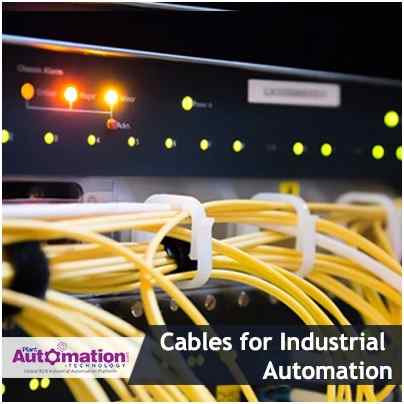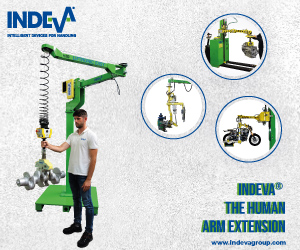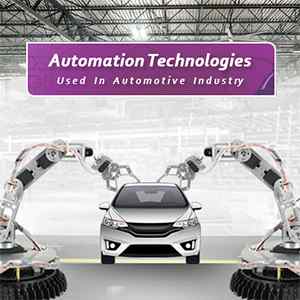Articles
Factors to select the best cables for Automation Industries

With the advent of 4th Industrial revolution in the business world, the trend of employing man power has gradually shifted to Industrial Automation. Now this means, to stand firm in the competitive business market, you need to have the right things in place, in your organizational unit. Starting from the place to the kind of machinery set up you chose plays an important role in determining your future in the business world.
Industrial Automation calls for advanced industrial cabling across the organizational unit for proper connectivity and right transmission of data for error free production, with a long lasting environment. Not only this, one's knowledge on the maintenance and application of the cables used in the organizational structure is also important, to ensure a glitch free functioning.
Before you start planning for the installation of cabling system in your organizational unit, it is always advised that, you understand the structure of the place , where your organization is placed, and the kind of wiring network it has. For example, if you are running your industry from a residential building you should go for Multi core flexible cable (MCC). It is made out of highly flexible copper conductors and specially formulated flexible FR PVC insulation and PVC sheathing that impart superior flexibility to the cable. These cables will not only protect your complete automation unit, from any form of adverse conditions but would also provide a problem free environment for others to coexist.
The selection and application of the cable system should be based on the purpose of its usage and its placement. The given following points will give a clear picture on what are factors one should look at before selecting cables for Industrial automation
1. Cable installation
In an industrial set up, cables can be used for outdoor and indoor installations depending where machines are placed. A good understanding of the local climatic conditions and the expertise of the installation crews who employ to get it done, plays a catalytic role in ensuring that, your entire system works according to the set up you have designed. The installation personnel should ensure that, they minimize the number of conduit bends and distances between the manholes, and should also specify the pulling tensions.
2. Cable construction
While selecting cables for your Industrial Automation, it is important that, you check for three things, first whether it sets into your cabling arrangement of your unit, secondly its conductors and insulation and finally its finish and covering. Cable conductor materials like copper and aluminum plays an important role in determining the safety system within the environment. The finish and covering should be selected based on the environment in which it would be installed, or it would operate from and the load it is supposed to carry for functioning.
3. Cable operations
While selecting the cables, one should always keep in mind that, the cables should withstand all forms of conditions during functioning. Right from temperature to the kind of load it would carry. Hence, it is advisable that, the choice of cables should be made based on phase to phase voltage. In other words, it should be adjustable with the port jackets within your unit. To make a choice for this, one can always seek the advice of installation cable crew experts, to avoid problems in future.
4. Cable size
Not sure of what size of cables you need for your set up? Keep these three things in mind, and this will make your choice easier. The current carrying capacity, voltage regulation and short circuit rating. The current carrying capacity is based on thermal heating, the shorter the cable, the quickly it gets heated up, with making the complete system being more vulnerable to the threat of being damaged.
5. Shielding
Shielding in a cable is required and ins mandatory, when the electric filed in a unit is intense, and there is variation in the generation and distribution of power. If such is the condition, in the case of high and medium voltage, it gives rise to ionization of air particles thus, damaging the insulating cover of the cable, leading to ozone generation.
Shielding or the metallic covering should be considered for non metallic cables operating in excess 2kV, under conditions where radio interference is expected, where damp conduits, dry soil, dirty environment with contaminants exist and safety personnel is required.
To sum up, it is always advised that, one should always plan the blue print with the help of experts or rather do a research before getting the cabling done in an organizational unit. This would not only save your time, but will also give you a proper set up with the best delivery system in the market with long lasting elements.





